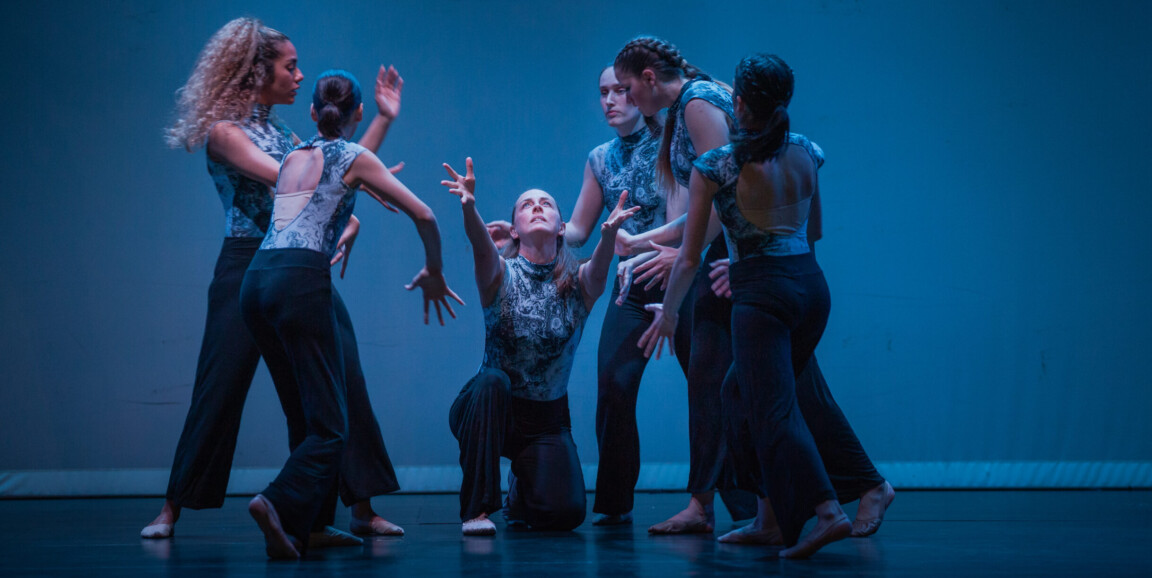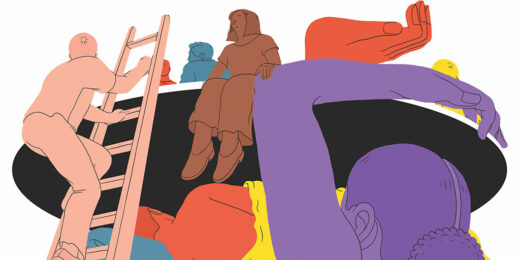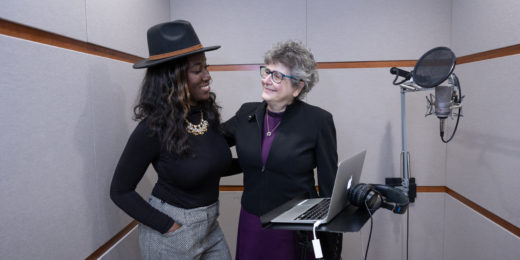To some an unlikely pair, neuroscience and art were a natural complement during a performance hosted by Stanford's Medicine & the Muse program, which featured an evening of dance theater celebrating neuroscience. The event included three short talks given by Stanford Medicine neuroscientists and performance by an ensemble of 17 dancers from Stanford University and Saddleback College, in Southern California.
The hybrid presentation, called Conduit, initially launched in Galway, Ireland, in the summer of 2022, focusing on electrical connectivity in the brain, memory mapping and other neural mechanics. The most recent dance performance, which occurred March 3 on the Stanford University campus, was preceded by a set of neuroscience talks focusing on memory, how it defines us and how it can fail us, among other brain-related topics.
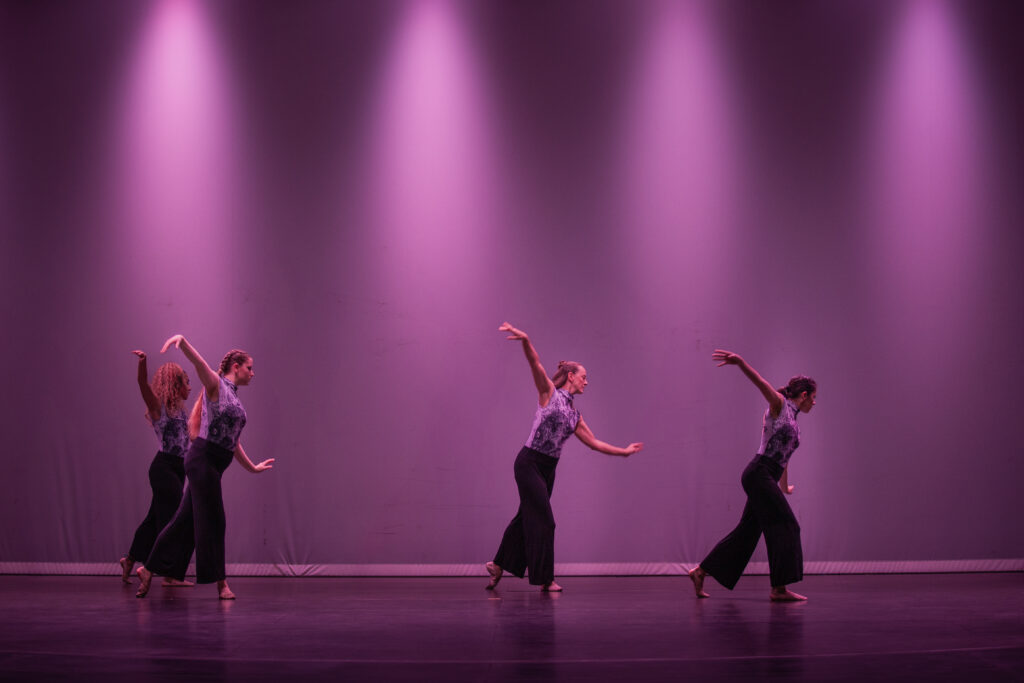
"I don't think there's a better art than dance to portray the brain. Neuroscience examines emotions, thinking, logic, sensing, movement; everything essential about being human. And all of it can be portrayed through dance," said Stanford Medicine molecular and cell biologist Molika Sinha, who spoke and danced at the event. "At the end of the day, the brain is sending and receiving signals that enable the dance moves themselves." Sinha also gave a talk about how neurons communicate between the eye and the brain and how that signaling goes awry for people with glaucoma.
The hourlong dance program consisted of eight pieces. For example, one section explored mirror neurons, which may underlie our capacity to empathize with others. Another evoked the sodium potassium ion pump, which keeps neurons electrically and chemically charged and ready to communicate with their neighbors. Another focused on neuronal signal transmission, a crucial piece of brain cell communication that enables all that we do, feel, and think.
The pieces were co-created by Deidre Cavazzi, a professor and choreographer at Saddleback College, and Jessamyn Fairfield, PhD, a physicist at the University of Galway in Ireland. The collaborators worked closely with Jacqueline Genovese, director of the Medicine & the Muse program, as well as Stanford University speakers and dancers to create a show that interprets and represents scientific research through artful movement.
Taking to the stage
Throughout the night, scientists and dancers showcased their comingled passions. Among the talks that kicked off the night, Victor Henderson, MD, the director of the Alzheimer's Disease Research Center and professor of epidemiology and population health and of neurology, discussed research examining the possible connection between Alzheimer's disease, Parkinson's disease and influenza infection.
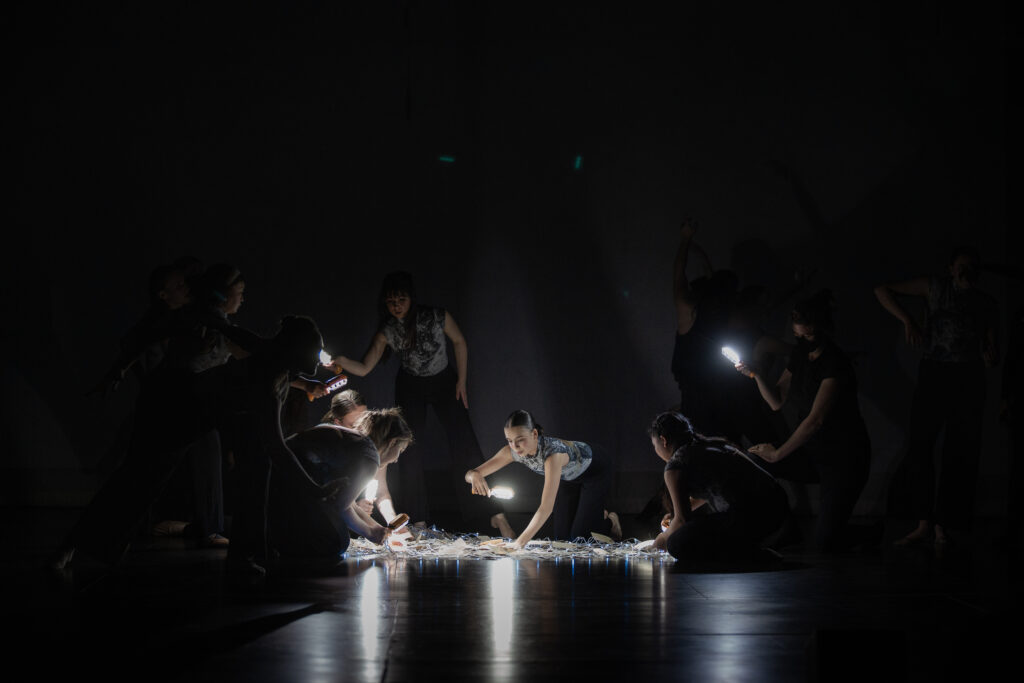
Nicole Corso, a Stanford Medicine researcher studying neurodegenerative and neuromuscular disorders, described the shifts in balance between the activity of different types of motor neurons and how they enable movement -- from the blink of an eye to a triumphant leap across stage. One of the dances pieces, informed by Corso's talk, portrayed the breakdown of the myelin sheath, an outer protective layer of part of the neuron. Demyelination, as the breakdown is called, leads to errant neural communication in many neurodegenerative diseases. On stage, coordinated and energetic dancers (including Corso) moved across stage together in a line that gradually lost its coherence, becoming haphazard and disjointed. (I will never think of demyelination again without seeing the poignant loss of the dance ensemble's coordination.)
Hannah Field, a trained ballet dancer and first-year Stanford Medicine bioengineering graduate student, didn't speak at the event, but she did dance. "Learning to dance, you repeat the same moves over and over until you achieve perfection," she said. "Dance instills a drive to find the most elegant and simple solution to a problem or way to explain a system. It's the same with my research. I'm always working toward a kind of perfection. Always searching for the most beautiful and efficient explanation possible."
Field, who is exploring potential stroke treatments that employ stem cells and electrical stimulation, said she was inspired by the performance to explore the use of dance as a therapy for stroke patients.
Also dancing was Johanna Tomorsky, PhD, a postdoctoral scholar in biology, who uses mouse models of Alzheimer's to look at an immune receptor expressed in neurons that may be involved in the cell damage and malfunction that characterize the disease. Trained in ballet, Tomorsky said dance helps her smooth out some of the ups and downs of daily research.
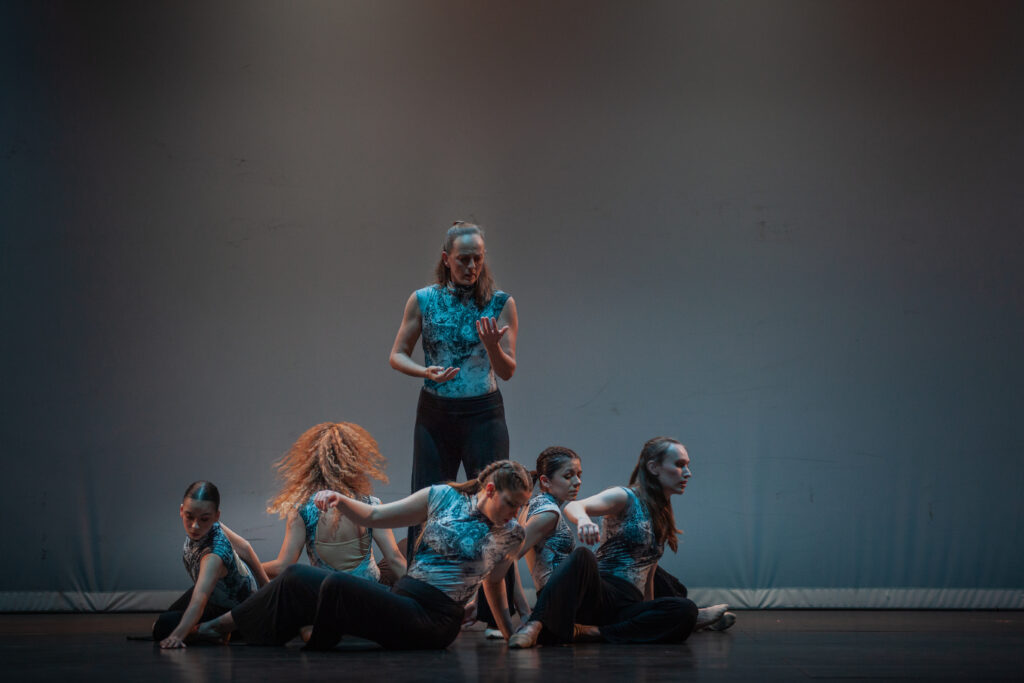
"Dance is like home for me, a place where I can go to find happiness even after a disappointing day in the lab," she said. "Whatever else is happening, I feel good when I'm in a dance class or when I'm performing. It will always be a part of my life," she said.
Tomorsky was already experienced at dancing her science; she participated in the AAAS Dance Your PhD program in 2017, for which she choreographed and performed a piece about the role of genes in vision development. She stresses the potential of dance for teaching science. "Multiple ways of learning a concept are always best. Seeing a concept through dance can help to solidify into memory things that you've only read or heard about," she said.
Art as a healer
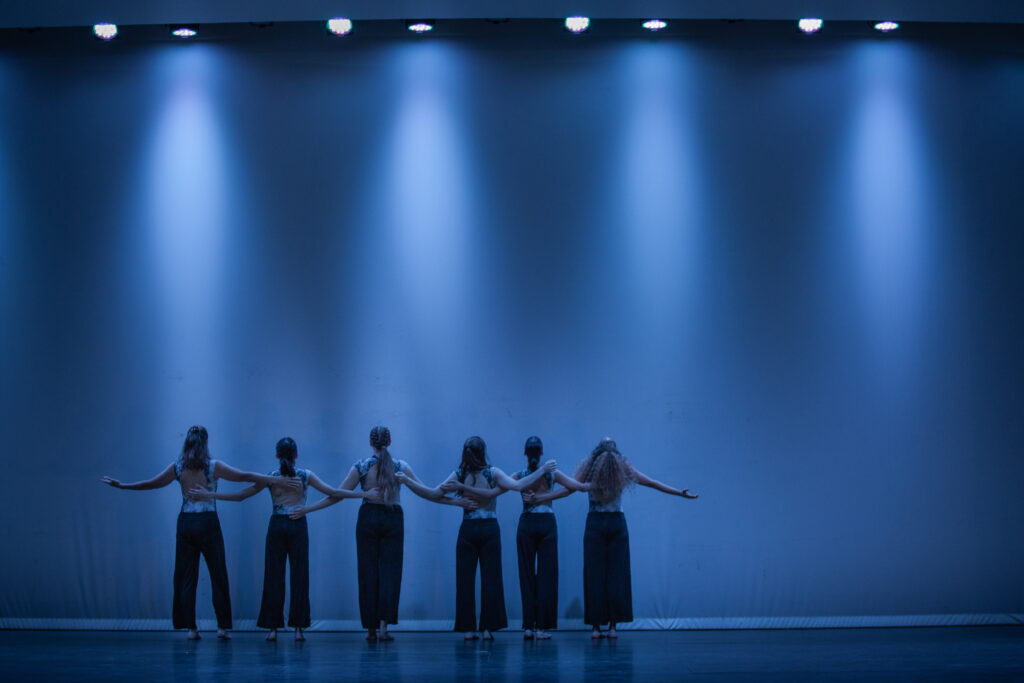
Marielena Sosa, PhD, a trained dancer and neurobiology postdoctoral scholar who also performed, likened dance to a language - one with which she's very familiar. "It's a completely natural form of expression for me, but not one that I usually get to use in thinking about science, so it's been fascinating connecting those two different vocabularies," she said.
Sosa also stresses the potential of dance to heal, citing cases in which Parkinson's patients who are unable to walk even a few meters can easily cover the distance while dancing.
There's even value in engaging in this kind of art for its mental health benefits, said Genovese -- for both scientists and providers. "It's important to be able to bring your whole self to whatever you're doing, especially if it's something as demanding and stressful as doctoring. And we want our physicians to be healthy and fully present. Art encourages resilience and can make the sometimes unbearable bearable."
Photos by Lavonna Mark


